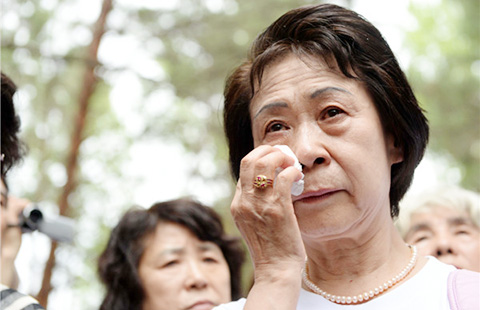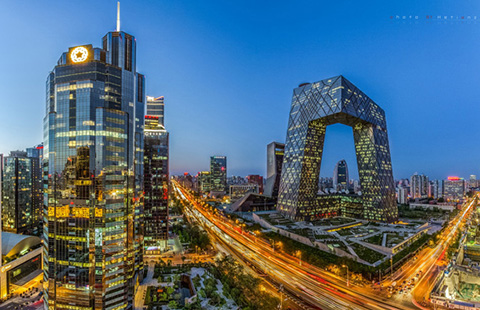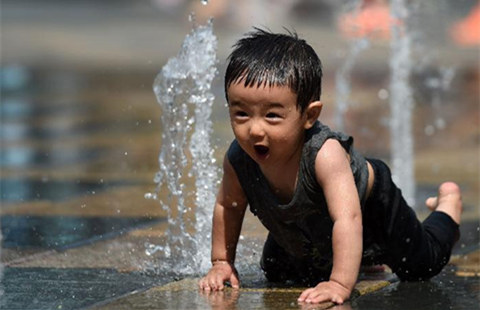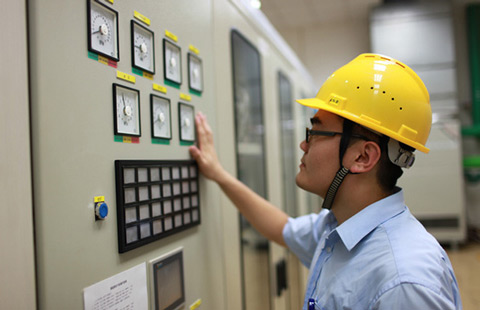Capital launches plan to clean air
Updated: 2015-07-14 08:04
By Zheng Jinran(China Daily)
|
||||||||
Beijing agrees to pay 460 million yuan cost to reduce coal consumption in 2 Hebei cities
Beijing is joining with Langfang and Baoding in Hebei province a three-year project to control air pollution, with funding of 460 million yuan ($74 million) for this year, the municipal environmental authority said.
The focus of the project this year is reduction of coal consumption. Langfang and Baoding will share the funding from Beijing equally, the Beijing Environmental Protection Bureau said.
With the help of the project, the two cities will phase out small boilers that consume large amounts of coal and emit high levels of pollution. For example, Baoding has opted to use its funding to close down 50 percent of the city's small boilers this year.
Beijing will finance the two cities' efforts through 2017. The focus of the next two years will depend on the efforts the cities make to control air pollution and the priorities of the two local governments, Li Lixin, head of regional coordination of the bureau, said on Monday.
"It's good for the three to control air pollution efficiently, and this will fuel the current efforts," said Shi Guoliang, associate professor of environmental sciences at Nankai University in Tianjin and a researcher in pollution for the government.
He added that air pollution is a regional issue and needs joint efforts to control it as a whole. This will also improve the air quality in Beijing, he said.
Hebei, a province where much heavy industry is located, saw its seven cities listed among China's top 10 cities with the most severe air pollution in June, the Ministry of Environmental Protection said on Monday.
According to the June report on air quality in China's 74 major cities, Tangshan topped the list. Langfang and Baoding also ranked in the top 10.
Of the 13 cities in the Beijing-Tianjin-Hebei region, six, including Beijing and Baoding, had more than half of the days in June when air quality failed to reach national standards. The primary pollutant was ozone, the ministry said.
"But as a whole, the trilateral region has seen an improvement of air quality compared with last year," Luo Yi, head of environmental supervision under the ministry, said on Monday.
The regional concentration of PM2.5 - airborne particles smaller than 2.5 microns in diameter that can penetrate the lungs and harm health - has been lowered by 6.5 percent year-on-year, the monthly report said.
The concentration of PM2.5 in the capital was 62 micrograms per cubic meter in June. Its annual concentration last year was 85.9 micrograms per cubic meter, according to the Beijing environmental bureau.
zhengjinran@chinadaily.com.cn

 Japanese war orphans visit graves of adoptive Chinese parents
Japanese war orphans visit graves of adoptive Chinese parents
 Top 10 Chinese provinces with most stock market investors
Top 10 Chinese provinces with most stock market investors
 Lovely 'pearl' on the mountain: Sayram Lake
Lovely 'pearl' on the mountain: Sayram Lake
 Student investment group scores big on stock market
Student investment group scores big on stock market
 Beijing roasts in high temperature
Beijing roasts in high temperature
 The world in photos: July 6-12
The world in photos: July 6-12
 Djokovic downs Federer to win third Wimbledon crown
Djokovic downs Federer to win third Wimbledon crown
 Top 10 Chinese companies by profit margin in 2015
Top 10 Chinese companies by profit margin in 2015
Most Viewed
Editor's Picks

|

|

|

|

|

|
Today's Top News
Pentagon tones down on China threat
Hillary Clinton calls for higher wages for everyday Americans
A day in the life of Muslims during Ramadan in NW China
China's carbon growth rate in decline: report
Mexico: Drug lord 'El Chapo' Guzman escapes, manhunt begins
Lawyers held for 'trying to influence verdicts'
Top court official under inquiry for graft
It is wrong to label illegal immigrants refugees: Opinion
US Weekly

|

|






